The Fighter Pilot’s Survival Guide
Today’s manual of fighter tactics was written 100 years ago, in World War I.
/https://tf-cmsv2-smithsonianmag-media.s3.amazonaws.com/filer/e5/7f/e57f83a6-c02f-44d2-877e-6b63ad0d707e/33j_jj14_94th090728-f-5435r-065_live.jpg)
On October 28, 1916, German pilot Oswald Boelcke, in flight with five squadron mates, including Manfred von Richthofen, closed on a group of British de Havilland DH 2 fighters. Boelcke and Erwin Bohme chased the tail of the same aircraft, piloted by Alfred McKay of the Royal Flying Corps. Boelcke tried to break away, but Bohme’s landing gear tore a strip of fabric from the top wing of Boelcke’s Albatross D.II. The wing failed, the airplane dropped from the sky, and within minutes, Germany’s leading ace—with 40 victories—was dead at the age of 25.
Popular accounts of the crash tell of Boelcke’s skill in bringing his airplane down in a survivable controlled crash, but his failure to secure his lap belt before takeoff likely sealed his doom. Respected on both sides of the trenches, Boelcke was not only mourned in Germany as a national hero but also honored by the RFC, which dispatched an aircraft to drop a wreath over his home airfield. The great irony was that Boelcke, a leading aerial tactician who had written an elegant list of commandments followed to this day, died breaking one of his own rules: Two aircraft should not attack the same opponent.
Most mid-grade officers of any service know the book On War by Carl von Clausewitz, a Prussian officer who fought against Napoleon in the 1815 Waterloo Campaign. Clausewitz is still studied as part of the centuries-old lessons of ground conflict. Similarly, any Army or Marine Corps private knows the 14th century French terms enfilade (to put on a string) and defilade (to slip off), made historic by Napoleon but first used by the English during their Hundred Years War against the French, to describe the angles from which an attacking army fires on a foe. Oswald Boelcke is in this company. By the early 20th century, Boelcke had written the canon—Dicta Boelcke—for a new type of warfare. Its precepts would guide every subsequent generation of fighter pilots.
“I’ve always believed that by the end of World War I, any modern airman would recognize what’s going on,” says Richard Muller, who teaches air power history at the U.S. Air Force School of Advanced Air and Space Studies at Alabama’s Maxwell Air Force Base. “The focus on roles and missions, tactics, situational awareness… Obviously [today is] very different from World War I, but too many times, we focus on what’s changed.”
In the current era of sophisticated surface-to-air threats, some of Boelcke’s rules, such as always continue the attack you have begun, may not universally apply, but aerial combat is still about fundamentals, says Navy Commander Brian Ferguson, who trains fighter pilots of all services as an F-5 adversary pilot. “Ultimately, many of Boelcke’s dictums from the dawn of aviation are still valid today, despite a quantum leap in technology,” Ferguson says. “A simple metaphor would be football: All the fancy plays, shiny gear, and team logos are useless without a firm grasp of the basics of blocking and tackling.
“The caveat about multiple aircraft attacking the same defender is extremely important,” Ferguson says. “Aside from the irony of Boelcke’s demise for that reason, this is not an altogether uncommon occurrence in training. There are several close calls per year in military ranges resulting from this very thing.”
In the earliest days of World War I, spotters, or long-range reconnaissance aircraft, penetrated far behind enemy lines to observe troop concentrations, supply routes, and arms depots. The pilots would then report the information so troops in the interminable trench warfare could reposition themselves. The most noteworthy of these aircraft were German Fokkers, French Moranes and Nieuports, and British Bristols.
At first, observers from each side would shake fists as they flew by each other; later they fired rifles—cumbersome in the slipstream and eventually replaced by revolvers. Various attempts were made to fix machine guns to aircraft, sometimes mounted in the observer’s cockpit if the airplane was a two-seater.
It wasn’t until Anthony Fokker’s 1916 interrupter gear enabled a gun to be fired safely through the propeller’s arc that air-to-air combat was invented. The first Fokker E.1s and later versions became the legendary “Fokker scourge” in the hands of the best German pilots: Boelcke; Ernst Udet, later a World War II Luftwaffe general; and Max Immelmann, namesake of a maneuver still taught today.
Attack in Groups of Four or Six
Boelcke and others developed formation tactics and trained their fellow pilots as a cohesive unit. The German air force was largely reorganized around Boelcke’s ideas, including dedicated squadrons and coordinated attacks from above, a tactic the French had pioneered at the Battle of Verdun in 1916. There, the French were finally able to put more aircraft aloft than the Germans, and by using such tactics as power diving or coming out from the sun, they aggressively hunted German fighters. Boelcke, impressed by the French, began to amass greater numbers of aircraft into fighter wings.“It’s really in response to that that Boelcke started his mass fighter tactics,” says Muller. “Without radios, this was very difficult to do, but by [Verdun], the trend was larger numbers of aircraft under central control. Height could impart an advantage: Beware the ‘Hun in the sun.’ ”
The “finger four” formation (so called because the aircraft positions resemble the fingertips of a hand) has its roots a little later, in the Spanish Civil War, in which the Luftwaffe flew in support of Generalísimo Francisco Franco’s nationalist forces. Germany’s leading ace in that war and the first pilot to score 100 aerial victories, Werner Mölders, is credited with developing the formation that is still used today.
Tom Crouch, senior aeronautics curator at the National Air and Space Museum, mentions a conversation between Mölders and the high-scoring Adolf Galland, who looked like Hollywood’s idea of a dashing fighter pilot, complete with mustache. “If you want to be the modern Richthofen,” Mölders told him, “I prefer to be the modern Boelcke.”
Not long after the Korean War, Air Force F-86 Sabre pilot Frederick “Boots” Blesse, who died in 2012, wrote the famous fighter tactics book, No Guts, No Glory. In it, he reminded pilots of the value of formation flying. “Play on the team—no individualists,” Blesse wrote. “The quickest way to be an element leader is to be the best wingman in the squadron.” His book was still being passed between squadron mates as late as the Vietnam War, and influenced fighter training in both the U.S. Navy and the Royal Air Force. Blesse’s lessons, which included “Divide the enemy and conquer,” continued the lesson that Boelcke had started long ago.
Keep an Eye on Your Opponent
Vietnam-era pilots—some with tattered copies of No Guts, No Glory in their flightsuits—fell back on the hard-learned lessons of the past, including this one from Dicta Boelcke. Robin Olds brought to Vietnam all of his experience from World War II air combat. Tom Crouch remembers hearing him talk about one of his strategies: “When he came into the combat zone, he’d turn off the airplane,” says Crouch. (Olds, an Air Force brigadier general, died in 2007.) An ace in the North American P-51 Mustang but now dealing with a cacophony of electronic sensors, Olds would let his F-4 Phantom go silent. “He’d just turn it off and go back to basics—eyes outside the cockpit. That connects the modern pilot with Oswald Boelcke,” says Crouch. “He learned which modes of technology he could do without, and focused on the same things that World War I pilots did.” After returning from Vietnam, Olds was characteristically blunt with Air Force leadership about its pilots’ over-reliance on technology in the face of deteriorating air-to-air skills.
Don’t Be Deceived By Ruses
The element of surprise is as crucial to fighter pilots today as it was in Boelcke’s time. “As adversary pilots in today’s military, we’re often technologically disadvantaged,” says Brian Ferguson. “Our frontline equipment is reserved for frontline combat. To minimize our disadvantages, we rely on skill, experience, and occasionally, treachery…. This is relevant not only in the visual arena [as it was in World War I] but in radar tactics as well. A properly executed ‘rope-a-dope’ [such as setting up an opponent to rely on his missiles, while defeating him with superior maneuvers] by a low-tech bandit aircraft can sometimes confound highly experienced aircrew in state-of-the art fighters.” Olds was one of the planners of an elaborate ruse during the Vietnam War—Operation Bolo—in which F-4 Phantoms armed with air-to-air missiles tangled with MiG-21s flown by North Vietnamese pilots who had expected bomb-laden, easy-to-hit F-105 Thunderchief strike aircraft. The F-4 pilots destroyed seven MiGs, with two more probable kills.
Keep the Sun Behind You
“That’s very important when you run an intercept,” says Air Force Lieutenant Colonel Matthew Vollkommer, who flies the F-22 Raptor. “It’s very applicable today, because the sun can give away your position; it can cause a sun glint. It’s one of the things we focus on and keep in the back of our minds, so we can exploit our position.”
Air Force Academy graduate Colonel Steven Slick is nodding his head as he reviews Dicta Boelcke in his comfortable office at Georgia’s Robins Air Force Base, surrounded by the mementos of a long career. “A lot of the tactics have stayed the same,” observes Slick, a former F-4 and F-16 pilot. When he wasn’t training to intercept bogeys from over the horizon, he lived by classic close-in tactics. “Get on top of someone to shoot them down. Use stealth of some sort. Come out of the sun and for the most part come from behind, if you want to be a man about it,” he says. “The best shot is the one that no one expects you to make.”
Boelcke’s Legacy
Not all of Boelcke’s rules have survived the advances in technology that define how fighter pilots today wage war. With the advent of radar-guided and over-the-horizon missiles, for example, the guns-blazing “knife fight in a phone booth” scenario is rare, so Boelcke’s advice, “Assail your opponent from behind,” might be changed to “Assail your opponent from afar.” For generations of fighter pilots, the inevitable confusion that results when several high-performance aircraft maneuver in close quarters has claimed lives. But if aerial warfare does get intimate, “[b]eing astern of an opponent negates his ability to fire at you,” says Ferguson. But with modern weapons systems, he adds, attacks also may be mounted from in front.
What is more lasting about Boelcke than his list of commandments is the value he placed on leadership and the pilot culture. The calm, inspirational Boelcke was idolized among his pilots—von Richthofen (the Red Baron) among them. He instilled a sense that they were a combined fighting force, no longer the “lone wolves” of a few years prior. “One of the things Boelcke did was mentor promising pilots and bring them up through the squadron,” Muller says. “These men wrote the manual.”
The sense that a fighter pilot is part of an elite club and heir to a select body of knowledge connects the World War I “Knights of the Sky” mystique that surrounded Boelcke, von Richthofen, and Eddie Rickenbacker to pilots today, who have to embody absolute confidence in a hyper-competitive world, says Slick. He defends the stereotype of the swaggering, macho fighter pilot. “My wife hates fighter pilots; she’d just as soon shoot them as talk to them. Fortunately, I met her before I became one,” he says. “There’s the idea that fighter pilots are arrogant, but in the air it’s important to believe that you can go out and do a good job and not look like an idiot.” Slick says that between busting on-target times during combat exercises, straying into no-go zones, or simply displaying poor airmanship, “there are so many ways to screw up.”
Vollkommer last flew the Raptor with the 94th Fighter Squadron, one of the Air Force’s oldest units. It started in 1917 as the 94th Aero Squadron, the famed “Hat in the Ring” unit of Rickenbacker that fought in some of the bloodiest World War I campaigns, including the 47-day Meuse-Argonne offensive, which ended with the Armistice on November 11, 1918. “We were infused with that history,” Vollkommer says. “[Periodically], we would have one of the young lieutenants give us a history lesson and discuss tactics. Even though we didn’t break out the dusty books, there was definitely an idea that we were part of that heritage. Overall, as a culture, I do think we’re very embedded in the historical perspective…the idea that we came from a long line of great fighter pilots and we have to live up to that.”
In 2008, Vollkommer traveled with General Michael Moseley, then the Air Force chief of staff, to visit the Lafayette Escadrille monument, located just outside Paris in the small town of Marnes-la-Coquette. There, an arch honors America’s first combat pilots, who flew for France before America entered World War I. The French air force pays tribute to these airmen by continuing the heraldry of the unit, which today flies the Mirage 2000N as the 2/4 Lafayette Strike Squadron.
Below the monument lie the remains of 70 Americans who died during the war, including those who perished after the unit was absorbed by the fledgling U.S. Air Service in 1917. During memorial services, white roses are laid on the sarcophagi of the fallen pilots. “It was very humbling,” Vollkommer says, to walk down in that crypt and honor his fallen comrades. The effect was bookends—the earliest fighter pilots, who entered battle in wood-and-fabric airplanes, being remembered by descendants who use computers to control the airplane and aim the guns but who adhere to the same strategies to win the fight.
/https://tf-cmsv2-smithsonianmag-media.s3.amazonaws.com/accounts/headshot/Sotham_photo.jpg)
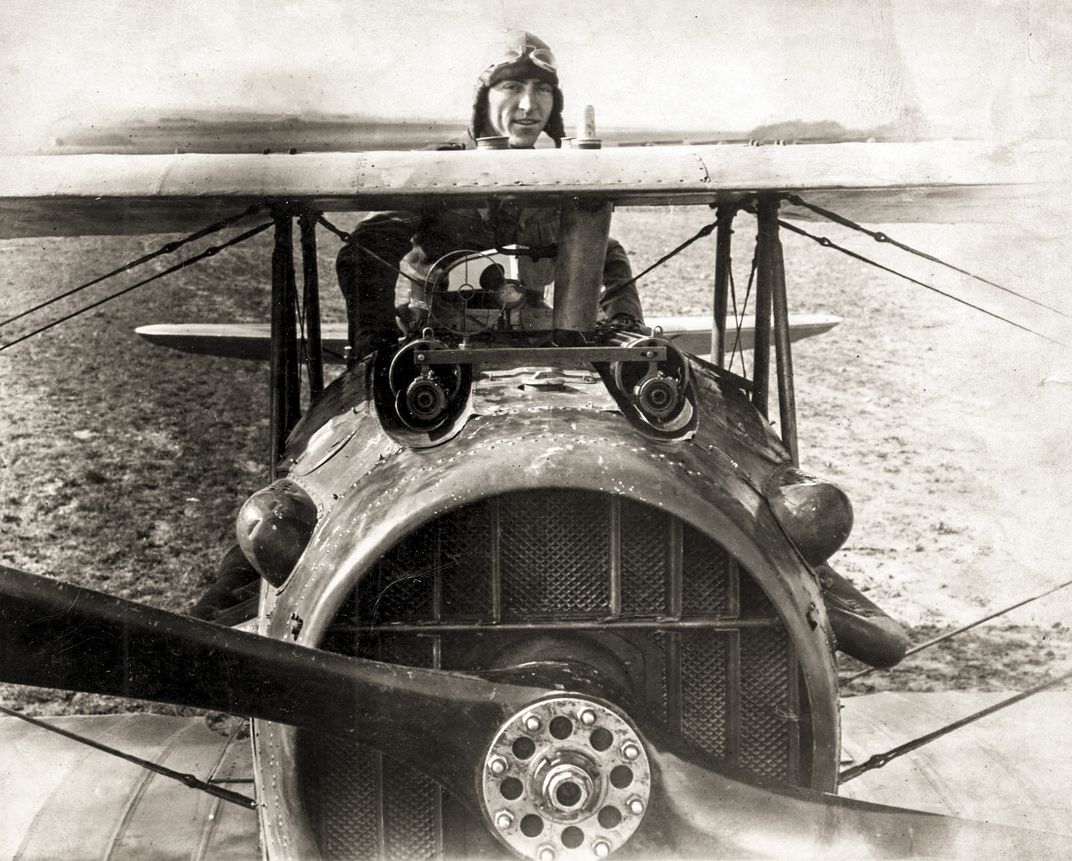
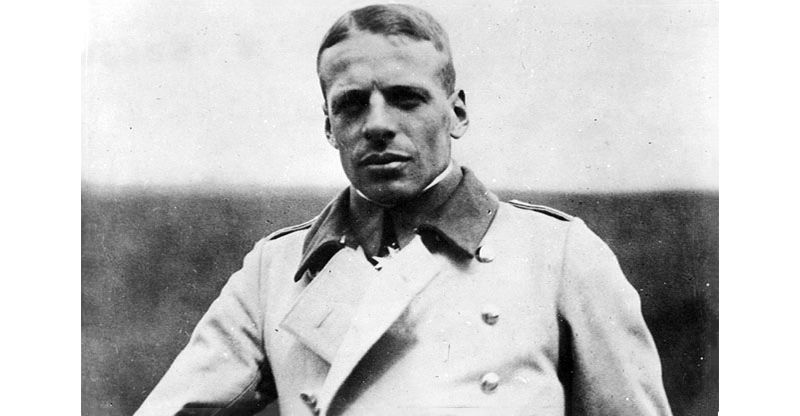
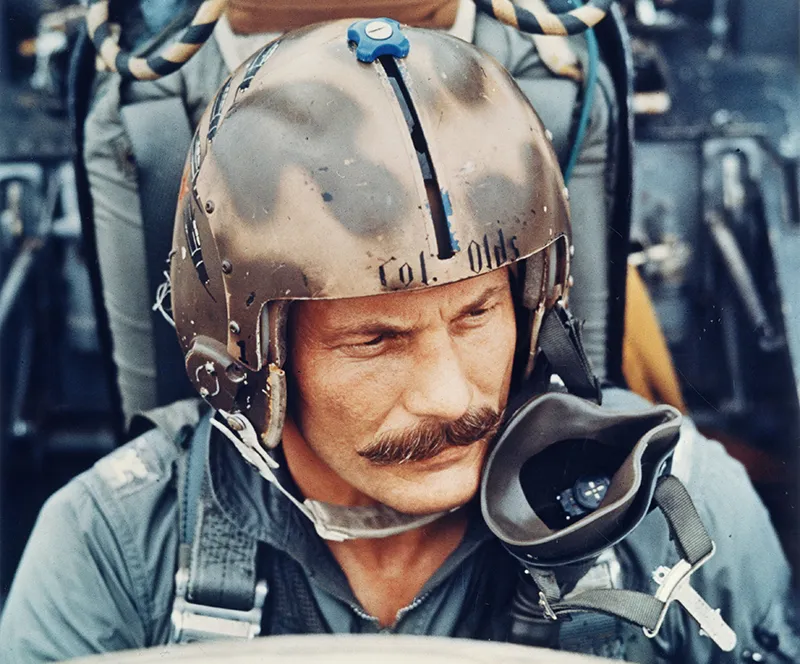
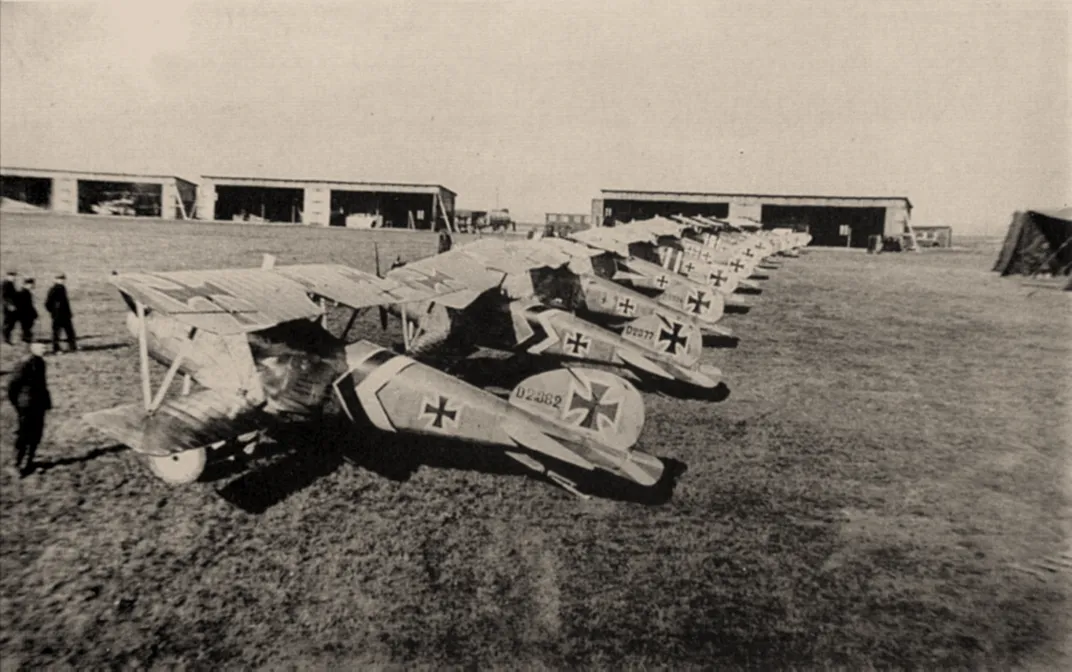
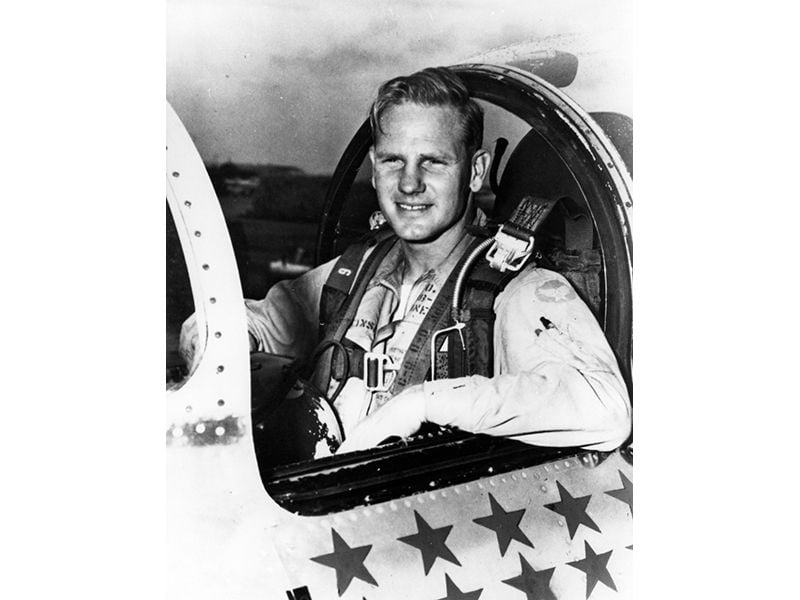
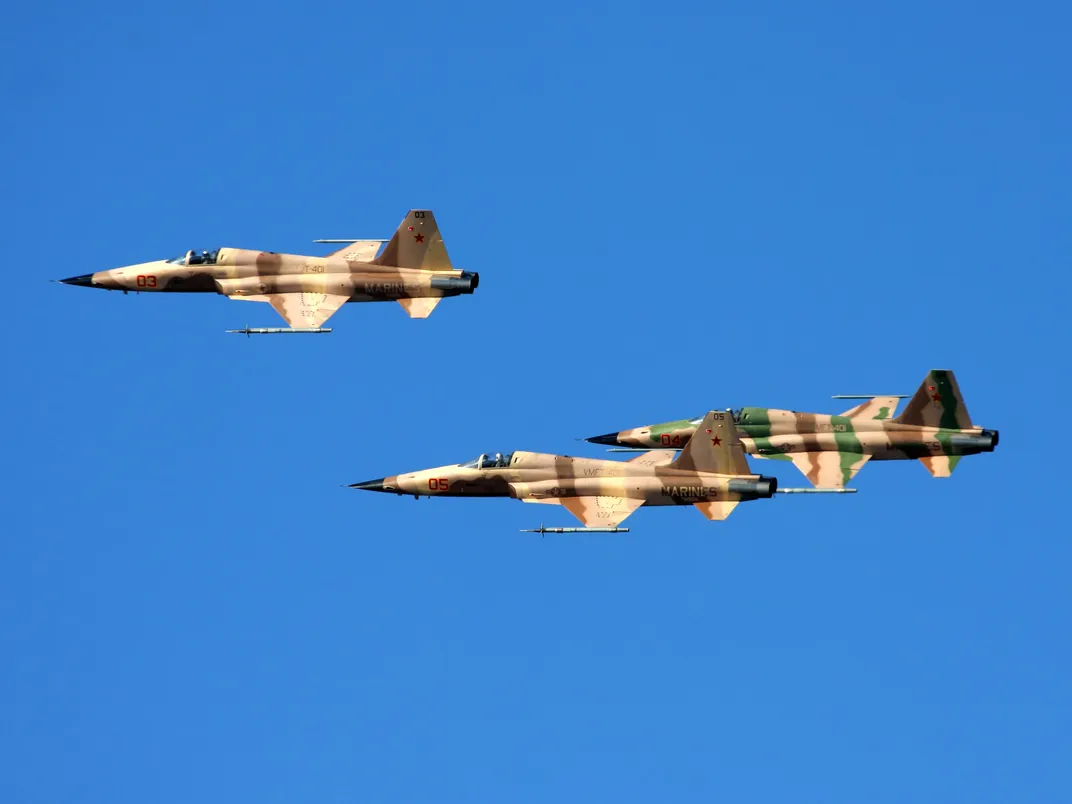
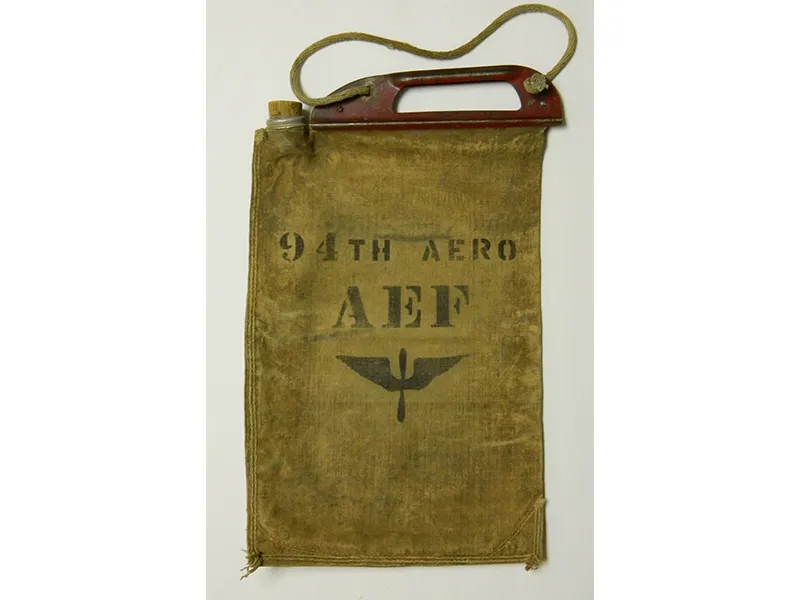
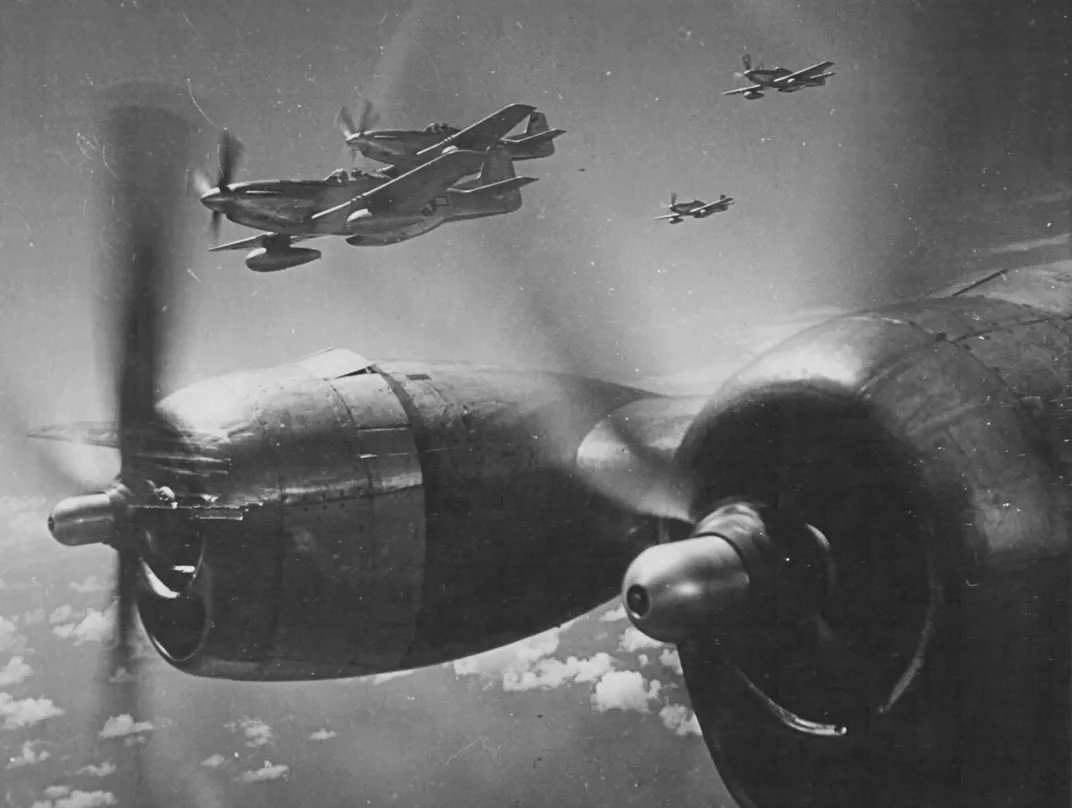
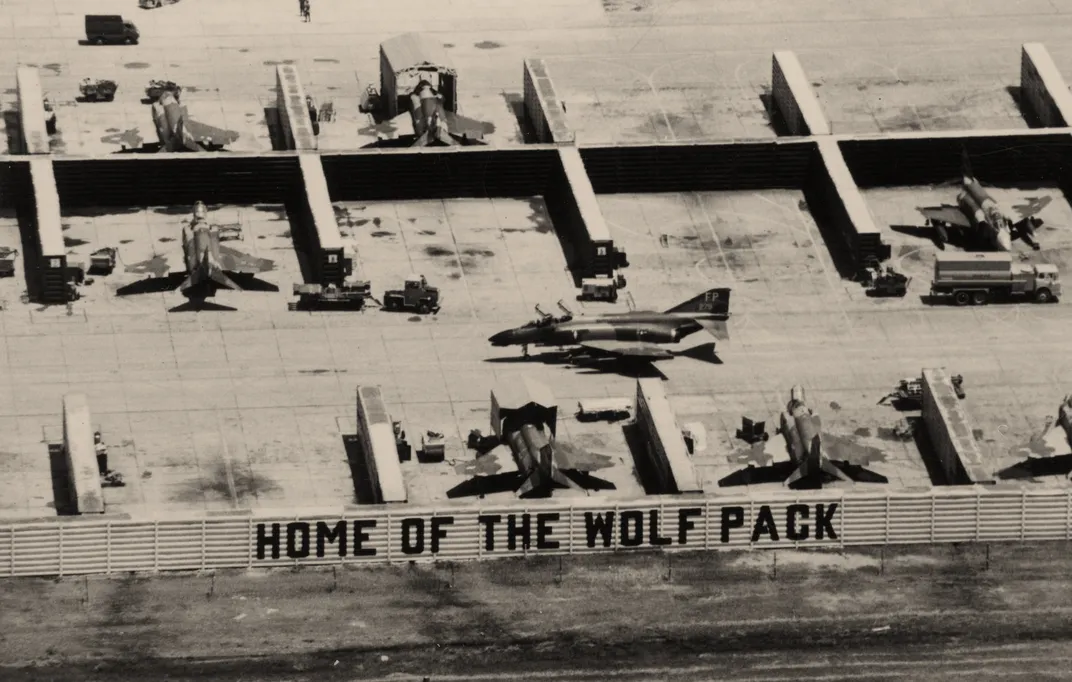
/https://tf-cmsv2-smithsonianmag-media.s3.amazonaws.com/accounts/headshot/Sotham_photo.jpg)